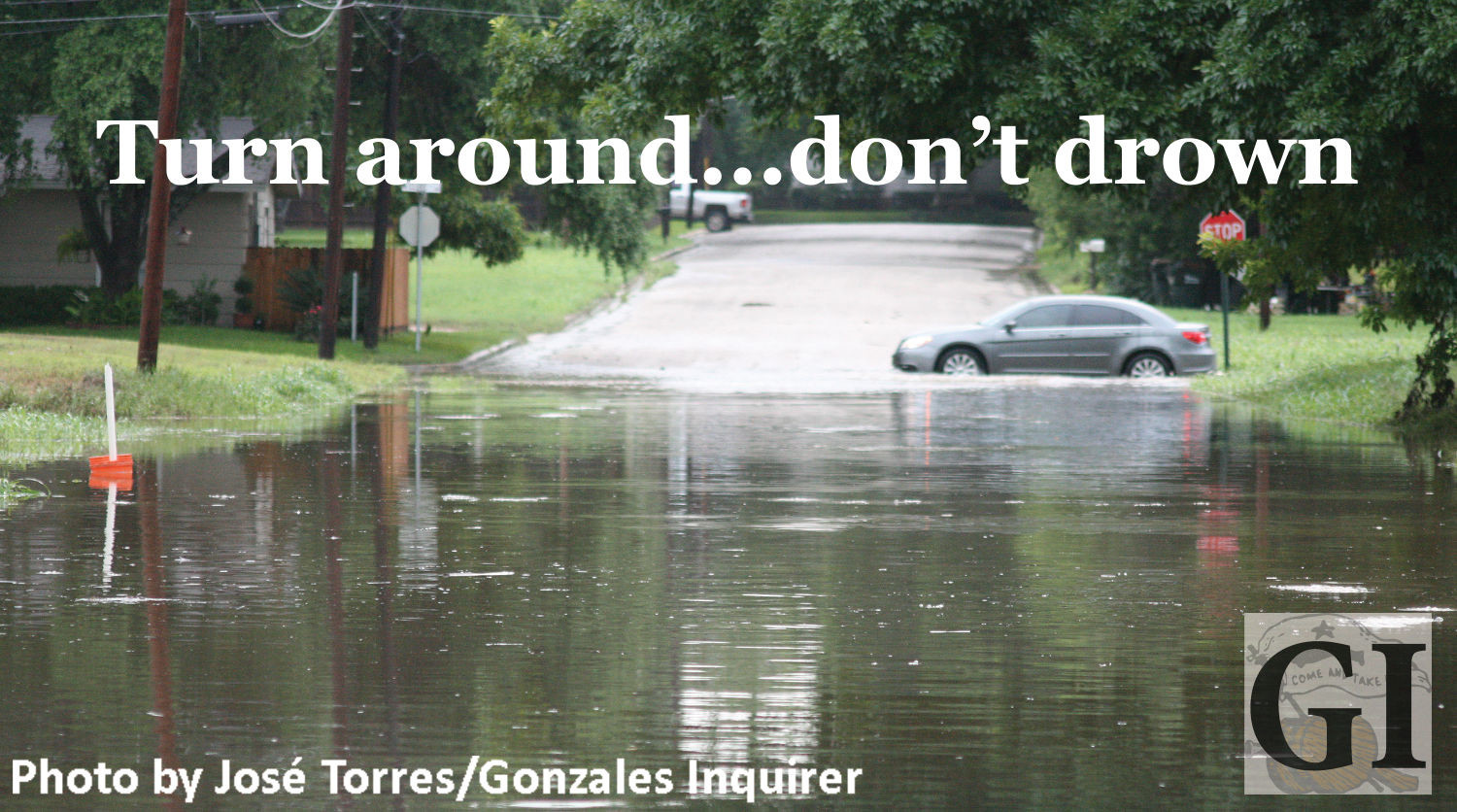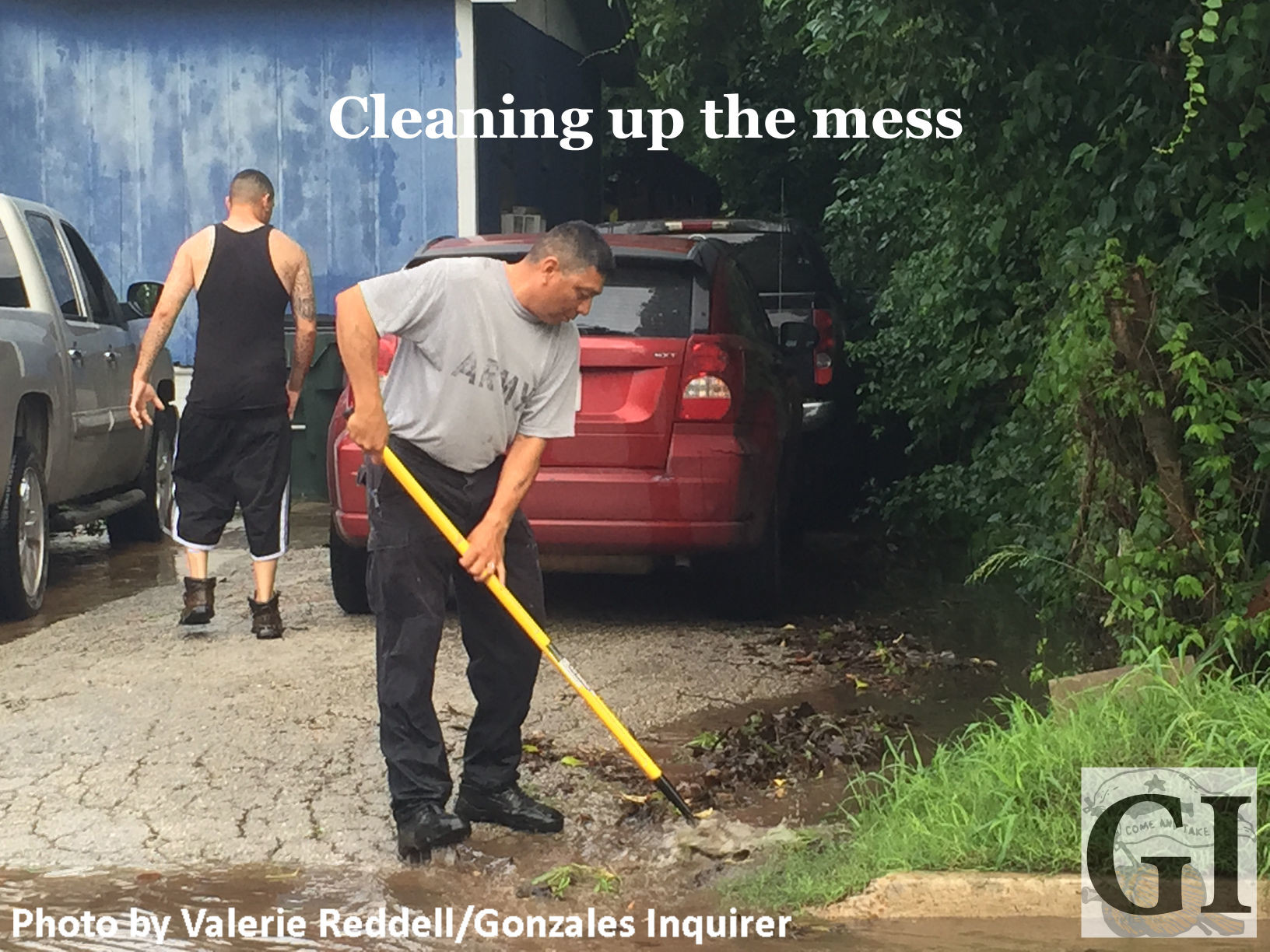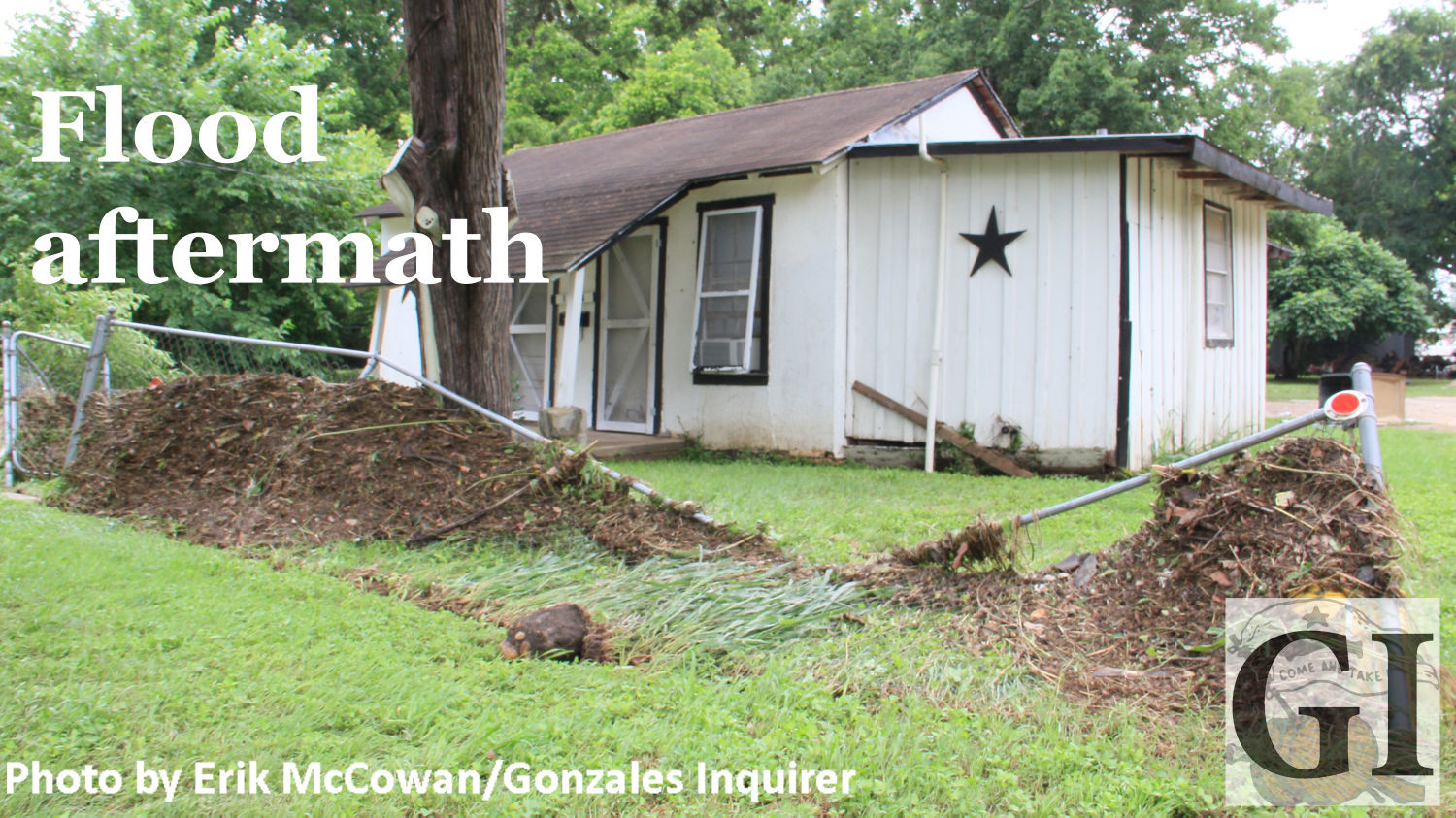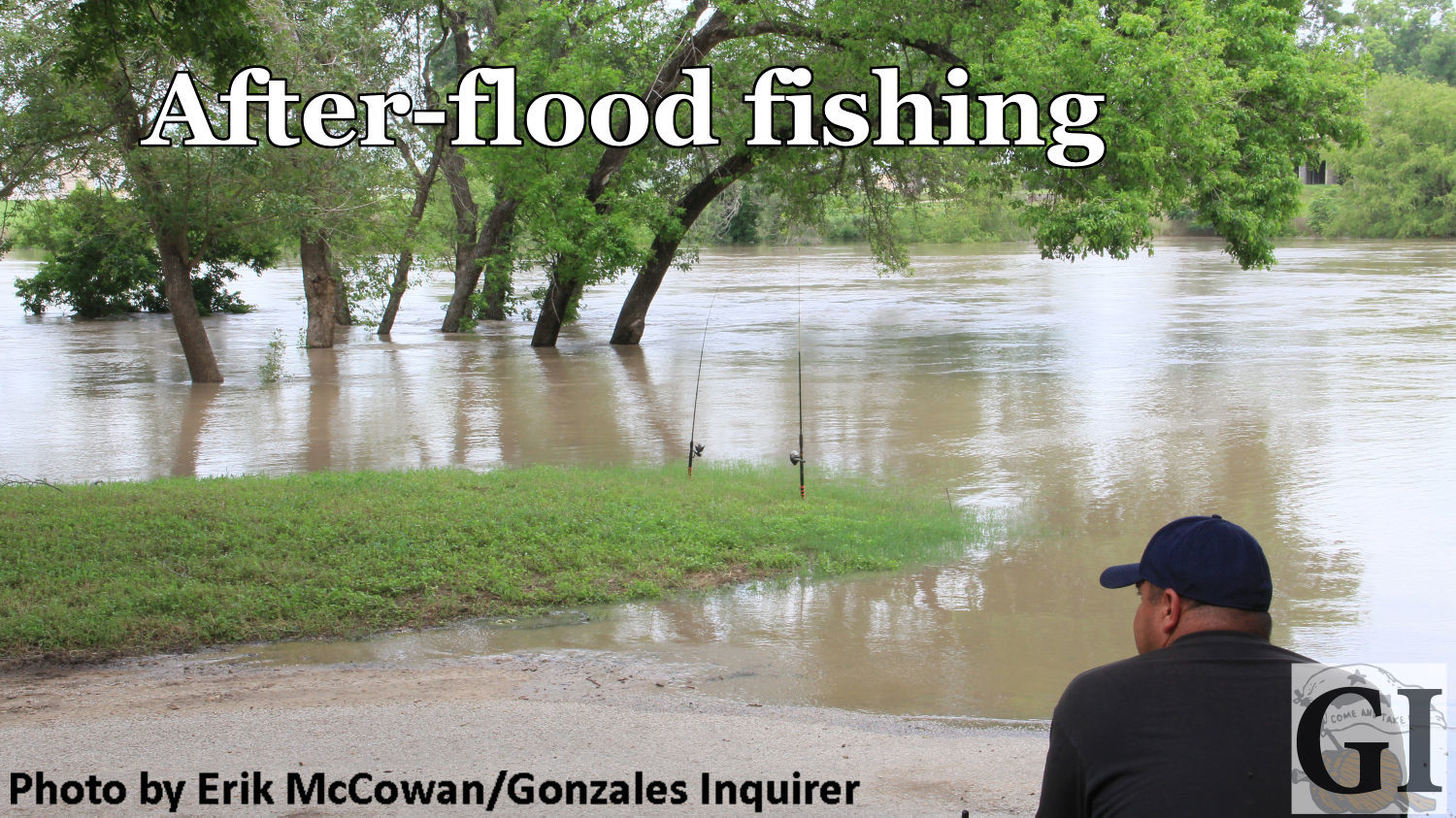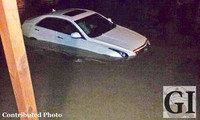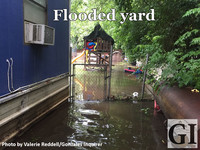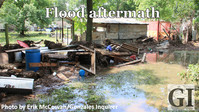No injuries reported in Monday flooding
Gonzales was bombarded with 6-8 inches of unexpected rain early Monday morning, according to meteorologist Paul Yura with the National Weather Service. The majority of the rain fell north-northeast of the City of Gonzales.
Yura also advised area residents to be prepared for another round of rain, since continued scattered thunderstorms are expected through Memorial Day.
“We’re going to see some breaks — maybe 12 hours, if we’re lucky a whole day, but we’re not going to go several days without rain,” Yura said Monday morning. “It’s going to be quite wet all the way through Memorial Day.”
Yura urges everyone to be alert to weather forecasts and keep an overall high awareness level.
City Manager Allen Barnes said Monday afternoon that no storm-related injuries were reported and no one has been reported as displaced or missing because of the deluge.
“A damage assessment is under way and we will petition the governor for an emergency declaration,” Barnes said. “We know we have some damage to homes, businesses and city property. There are some businesses that are going to have to be closed for repairs, but we ended up a whole lot better than we could have. Another couple of inches and it would be a serious situation citywide. We could have lost people or had houses floating down the creek.”
Barnes said if the rains stay away, a crew could arrive as soon as Tuesday to repair damage to the new asphalt on St. Andrew Street. The heavy rainfall caused the pavement to buckle near the bridge.
As soon as the damage assessment is complete, the Inquirer will provide updated information at www.gonzalesinquirer.com.
Barnes said he was informed that the early Monday morning rains are similar to another flood that centered on Tinsley Creek on July 4, 2004.
There were numerous reports of motorists driving around barricades that marked roads closed due to flood water — at the height of the Monday morning storm some of those barricades even washed away.
Police Chief Tim Crow said all of the city’s emergency services were very busy during the storm.
“The rain came in between 3:45 and 4 a.m. and basically sat on top of us,” Crow said. “I’m not sure how many houses got water in them. The fire dept. was very busy checking on people. We got a lot of calls. We recommended that people shelter in place because we believed the water would come up and go down quickly. We did our best to keep people out of the low water crossings.”
“Everyone needs to respect the power of water,” Yura said. “If roads are closed, don’t ignore the barricades. People that don’t practice turn around, don’t drown — they are the ones that trigger swift water rescues.”
Yura said the risk gets greater the longer roads are closed.
“People get impatient and start going around barricades when they shouldn’t. That leads to drownings several days after the rain,” Yura said.
Gonzales County is under a river flood warning for the San Marcos River until Tuesday morning.
At 8:45 a.m. Monday, the river was at 25.9 feet after cresting at 26.20 feet at 7 a.m. It is expected to continue falling and return below flood stage by Monday evening.
Palmetto State Park is closed. All visitors were evacuated over the weekend.
A river flood warning for the Guadalupe will continue until late Tuesday night. At
2:45 p.m. Monday, GBRA data showed the Guadalupe River was at 32.17 feet and flowing at 15,300 cfs. That’s an increase of 15.56 feet over the preceding 24 hours.
At 10:30 a.m. Monday, the Guadalupe River was at 31.8 feet at Gonzales and flowing at 14,300 cfs (daily median flow is 957 cfs).
The National Weather Service is forecasting the Guadalupe River to crest near 36.2 feet by Monday night and should fall below flood stage by Tuesday afternoon.
Peach Creek at Dilworth was at 28 feet (nearly 13 feet above normal) at 2 p.m. Monday.
“The water receded pretty rapidly once the rain stopped,” Crow said. “But the ground is so saturated there is no place for water to go except run off. People need to be aware of that and pay attention to low water crossings — whether they are in town or out in the county. “
Most flood deaths occur in automobiles. Never drive your vehicle into areas where the water covers the roadway. Floodwaters are usually deeper than they appear. Just one foot of flowing water is powerful enough to sweep vehicles off the road. When encountering flooded roads make the smart choice: TURN AROUND... DON’T DROWN.
Comments


